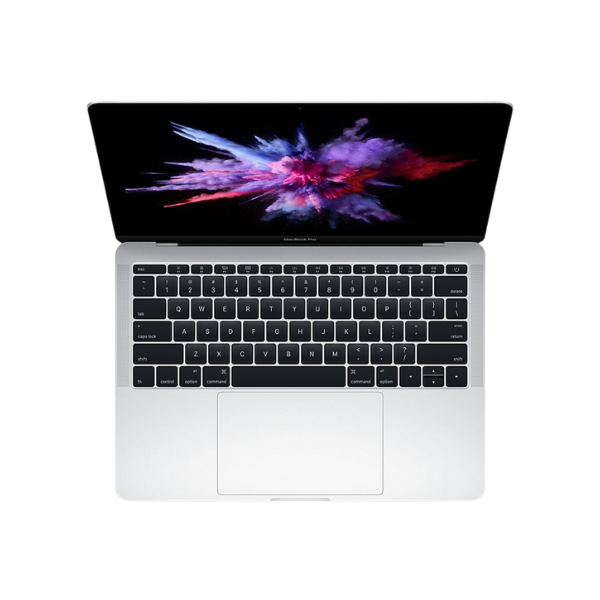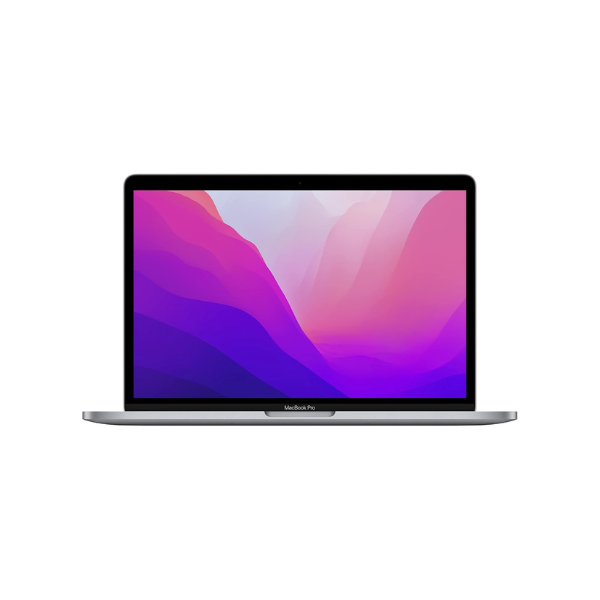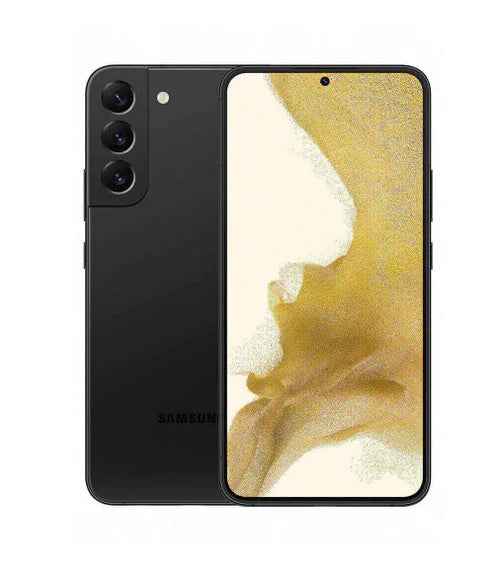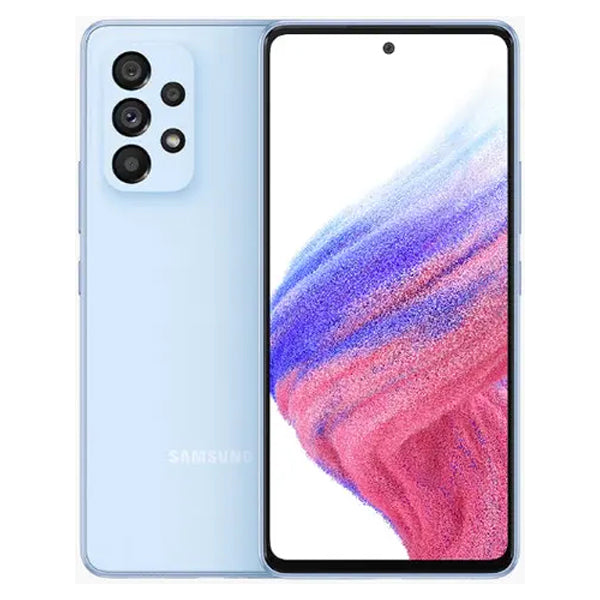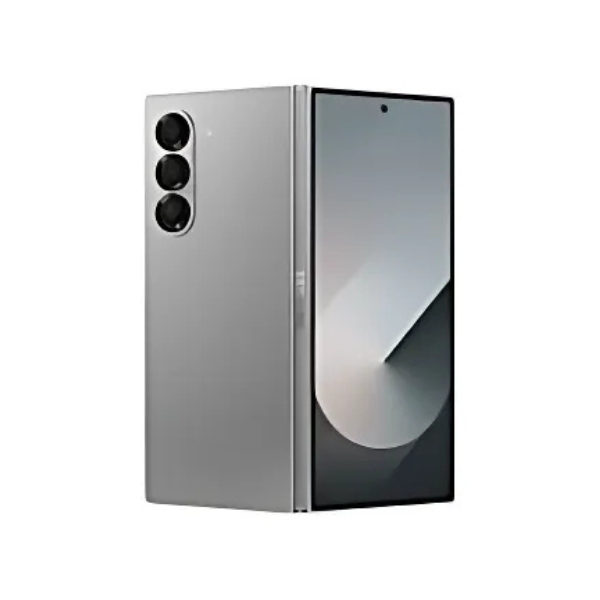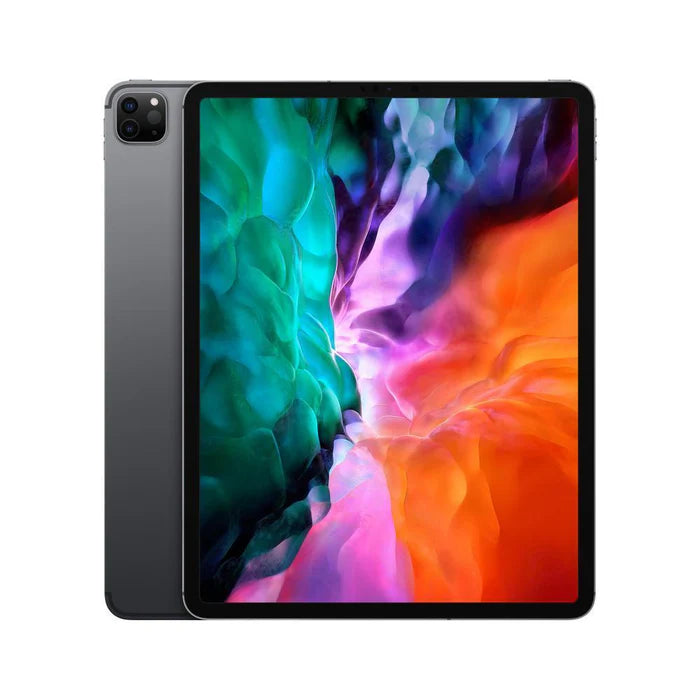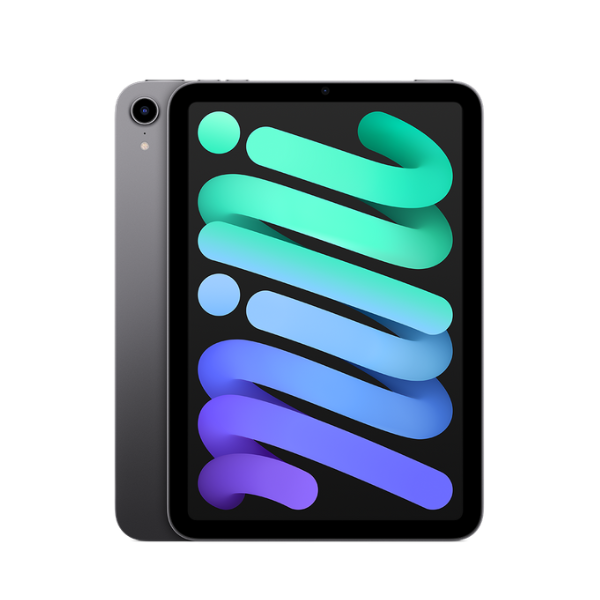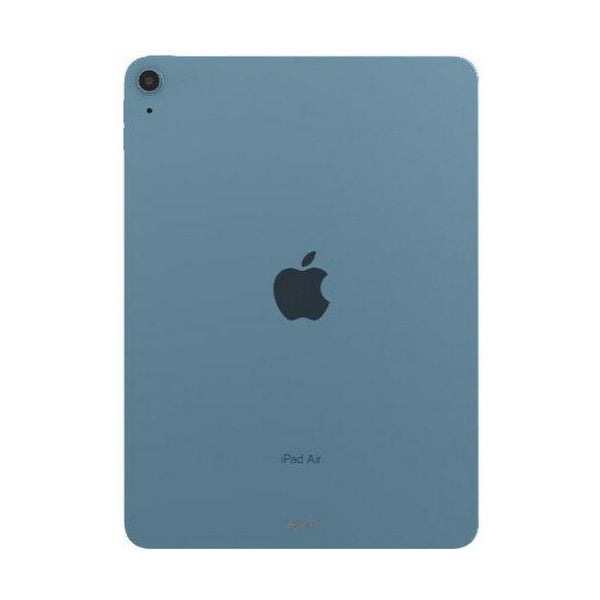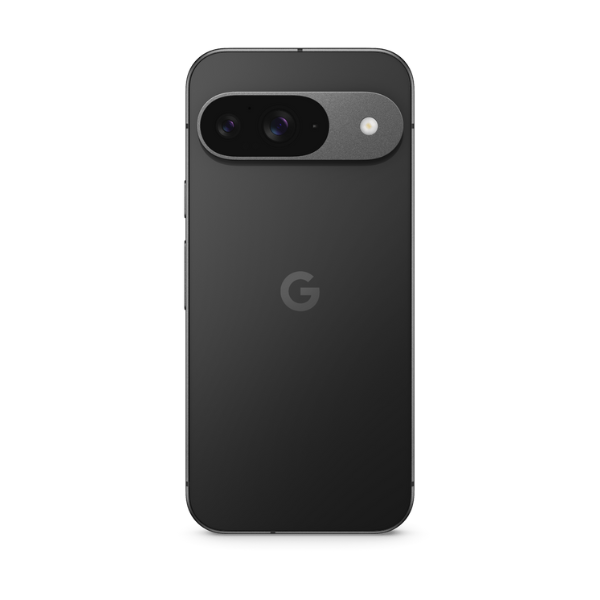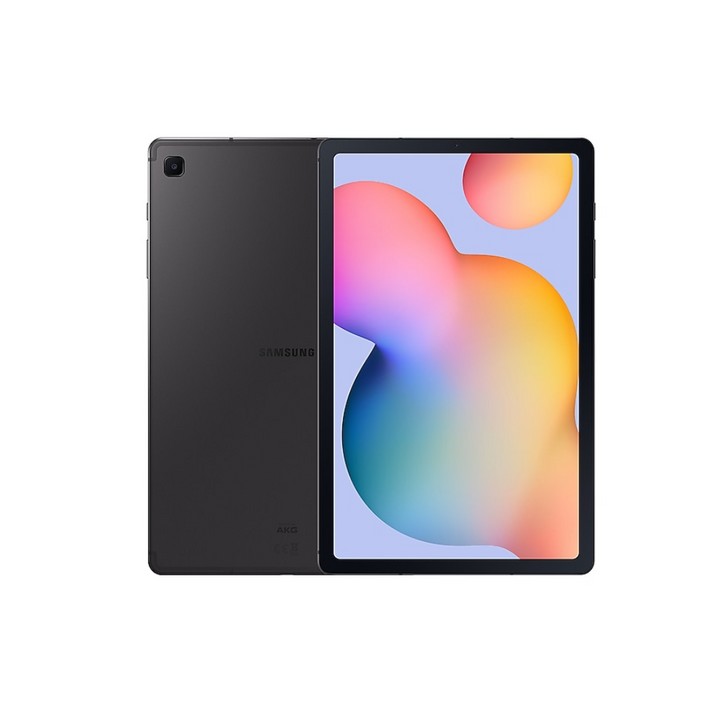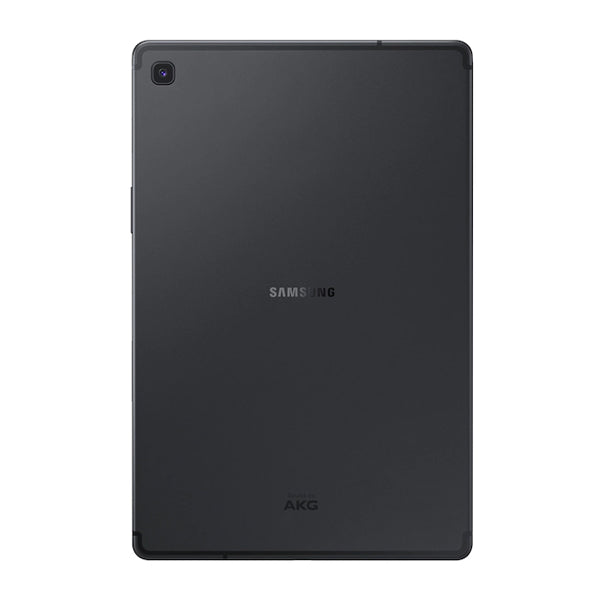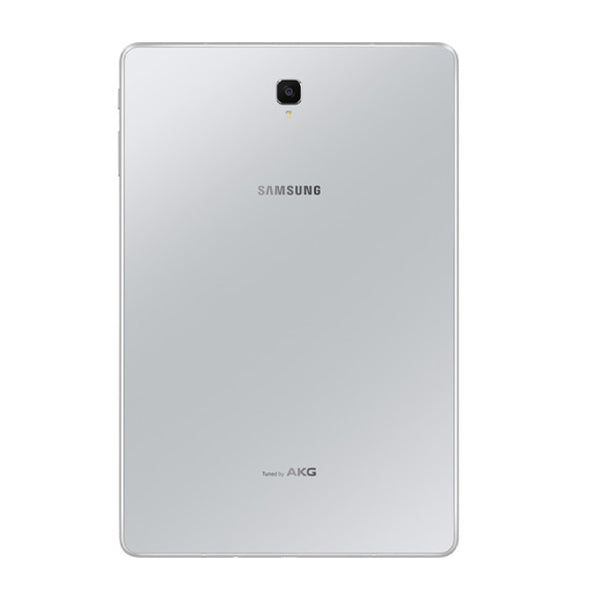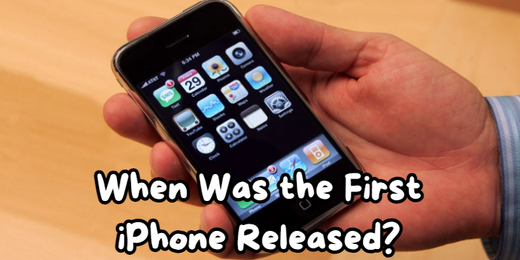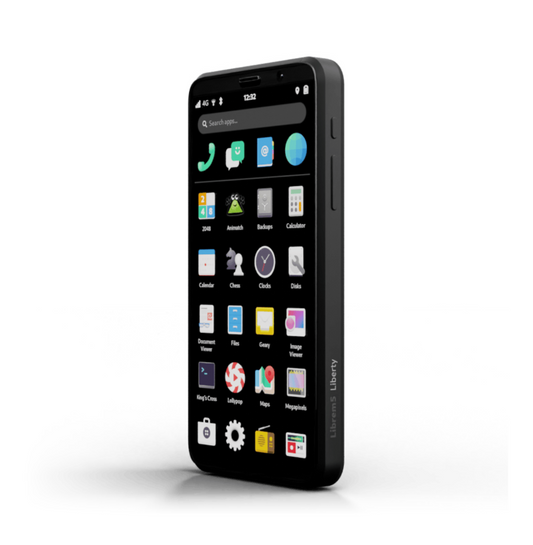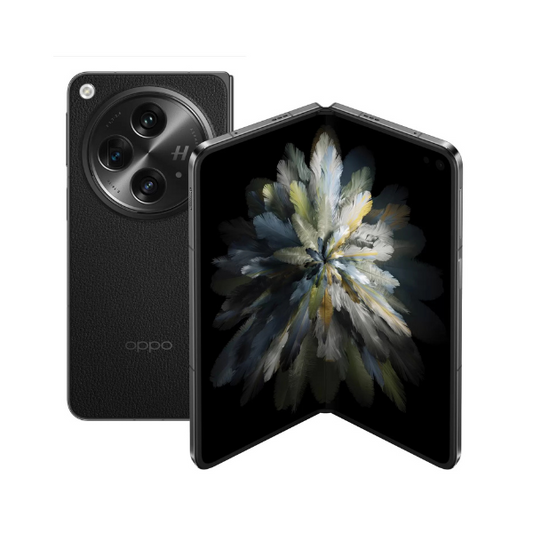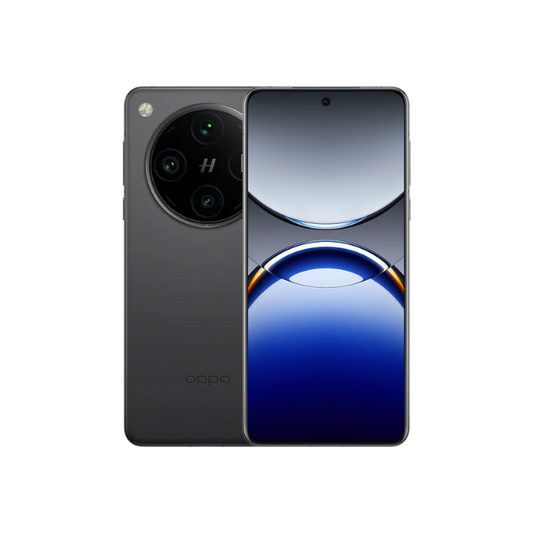In 2007, Apple launched the first iPhone, a revolutionary device that transformed the tech landscape and marked the beginning of the smartphone era. This iconic product combined a phone, an iPod, and an internet communicator, redefining how people interact with technology.
Steve Jobs' legendary presentation of the iPhone set the stage for a new era of mobile computing and innovation. Let's explore Apple's journey from the first iPhone to its latest models, highlighting their evolution and their profound impact on the tech industry.
The First iPhone Release
The original iPhone, also called the iPhone 2G, was officially announced by Steve Jobs on January 9, 2007, at the Macworld conference in San Francisco. It was released in the United States on June 29, 2007. With a capacitive touchscreen and a user-friendly interface, this device set a new benchmark for mobile phones, paving the way for the modern smartphone industry.
Apple's Evolution: Milestones in iPhone History (2007-2024)
2007: The Original iPhone (iPhone 2G)
Features: 3.5-inch display, 2 MP camera, up to 16 GB storage.
Impact: Combined phone, iPod, and internet communicator into one device, fundamentally changing consumer expectations for mobile devices.
2008-2019: The Era of Rapid Innovation
iPhone 3G (2008): Introduced 3G connectivity and the App Store, making downloading and using third-party applications easier.
iPhone 4 (2010): Redesigned with a Retina display and introduced FaceTime for video calls.
iPhone 5 (2012): Marked the switch to LTE connectivity and introduced the Lightning port.
iPhone X (2017): Removed the home button, introduced Face ID, and delivered an edge-to-edge OLED display.
2020-2023: Advanced Technology and Sustainability
iPhone 12 Series (2020): Added 5G connectivity and MagSafe charging.
iPhone 14 Series (2022): Brought Emergency SOS via satellite and eSIM-only models in select regions.
iPhone 15 Series (2023): Introduced USB-C charging, extended the Dynamic Island design across all models, and featured a titanium frame for Pro models.
2024: iPhone 16 Series
Apple's latest release, the iPhone 16 series, sets new standards with:
Enhanced Features: A18 Bionic chip, smaller bezels, and advanced AI-powered capabilities.
Sustainability Efforts: 100% recycled materials used in construction and carbon-neutral production for select models.
Apple's Innovations and Impact
Steve Jobs' Vision
Jobs envisioned a device that merged communication, music, and internet browsing, leading to the creation of the iPhone. His emphasis on user-friendly design and advanced functionality set Apple apart.
The App Store Revolution
Launched in 2008, the App Store empowered developers to create apps, revolutionizing how users interacted with their devices. This platform not only created new industries but also fundamentally reshaped existing ones.
Sustainability Efforts
Apple is a leader in green tech. With goals to achieve a carbon-neutral supply chain by 2030, the company focuses on using recycled materials, renewable energy, and sustainable practices across all operations.
Transformation of the iPhone: A Year-by-Year Overview (2007-2024)
2007: The Original iPhone
Apple's first iPhone introduced a 3.5-inch screen, 16GB storage, and a 2 MP camera, forever changing how people viewed mobile devices.
2008: iPhone 3G
The introduction of 3G connectivity and the App Store made handheld computing a reality. This model sold over 3 million units within a month.
2009: iPhone 3GS
Apple added video recording voice control and increased storage capacity by up to 32GB.
2010: iPhone 4
This redesigned model featured a Retina display and a front-facing camera, making FaceTime and selfies mainstream.
2011-2023: Major Advancements
-
2011 (iPhone 4S): Siri debuted as Apple's voice assistant.
-
2017 (iPhone X): Facial recognition and OLED displays became the standard.
-
2023 (iPhone 15 Series): USB-C replaced the Lightning port, and the Pro models adopted a titanium frame.
2024: iPhone 16 Series
The latest iPhones feature AI-driven photography, improved battery life, and sustainability-focused materials.
Refurbished iPhones: A Sustainable and Affordable Option
For those seeking quality and affordability, refurbished iPhones are an excellent choice. Companies like Roobotech in Australia offer:
High-Quality Parts
Refurbished iPhones are built with original equipment manufacturer (OEM) parts to ensure the best performance and longevity.
Refurbishing Process
Technicians rigorously test and sanitize these devices, ensuring they are as good as new ones.
Hassle-Free Shopping Experience
With secure online transactions and a user-friendly interface, purchasing from Roobotech is simple and safe.
Wide Range of Models
From the latest iPhone 16 to the popular iPhone X, there's a model for every budget and need.
Exceptional Customer Support
Roobotech offers a 14-day return policy and competitive shipping rates across Australia.
Conclusion
Since its release in 2007, the iPhone has profoundly impacted technology, communication, and culture. Apple's commitment to innovation and sustainability ensures its devices remain at the forefront of the industry. Apple's journey exemplifies its relentless pursuit of excellence from the original iPhone to the advanced iPhone 16 series. With each new model, the iPhone continues to shape our world, offering a brief look into the future of mobile technology.
Frequently Asked Questions
When was the first iPhone released?
The first iPhone, also called the iPhone 2G, was launched on June 29, 2007. It combined a phone, iPod, and internet into one device, revolutionizing technology.
Does the iPhone 9 exist?
No, Apple skipped the iPhone 9 and introduced the iPhone X in 2017. This move celebrated the 10th anniversary of the iPhone’s release with a groundbreaking design.
What’s new in the iPhone 16 series?
The iPhone 16 series includes the A18 Bionic chip, AI-powered photography, and sustainable materials. It also boasts improved performance and cutting-edge features.
Why is Apple focusing on sustainability?
Apple is committed to achieving net-zero carbon impact by 2030. They focus on using recycled materials and renewable energy across their operations.
Where can I buy refurbished iPhones?
Roobotech in Australia offers a range of refurbished iPhones. These models are high-quality, thoroughly tested, and backed by excellent customer service.



